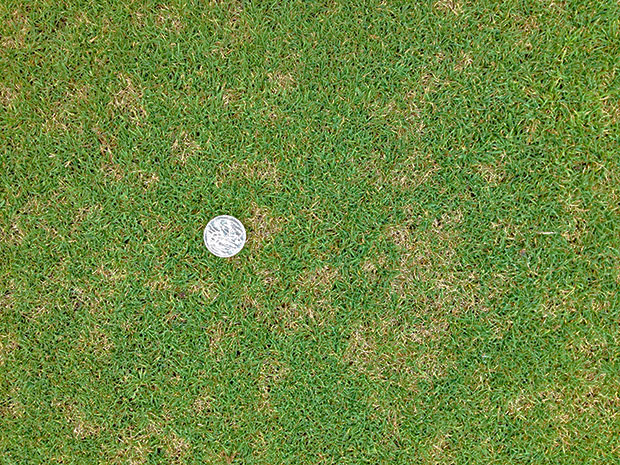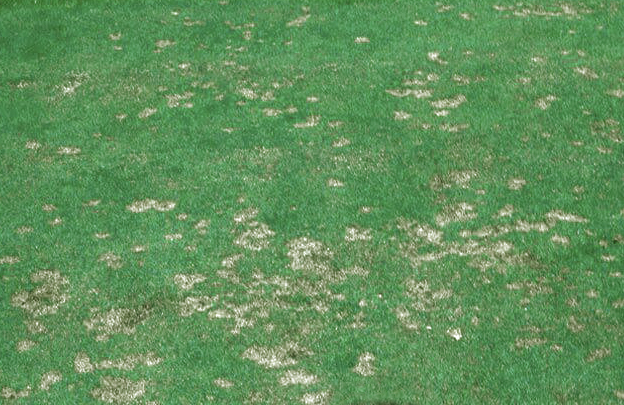Know The Conditions & Signs Of Dollar Spot Disease
When To Inspect For Dollar Spot Disease
Make sure to monitor your lawn around this time of year (and throughout the growing season) for any yellowed or bleached grass, taking note of the size and shape of the dead patches, which tend to be the hallmark of dollar spot.
Look For The Right Signs
Remember: Look for patches of bleached or tan turf, roughly in the shape of a circle. They can be a couple inches to several inches in diameter. Each leaf will have lesions (spots) of lightened discoloration, which can eventually kill the entire leaf blade. Rot/necrosis is not part of this disease.
If you aren't sure if you have dollar spot or if it may be a different turf disease, you can check by asking your local extension office. There, a volunteer or master gardener will be able to identify your turf disease.




